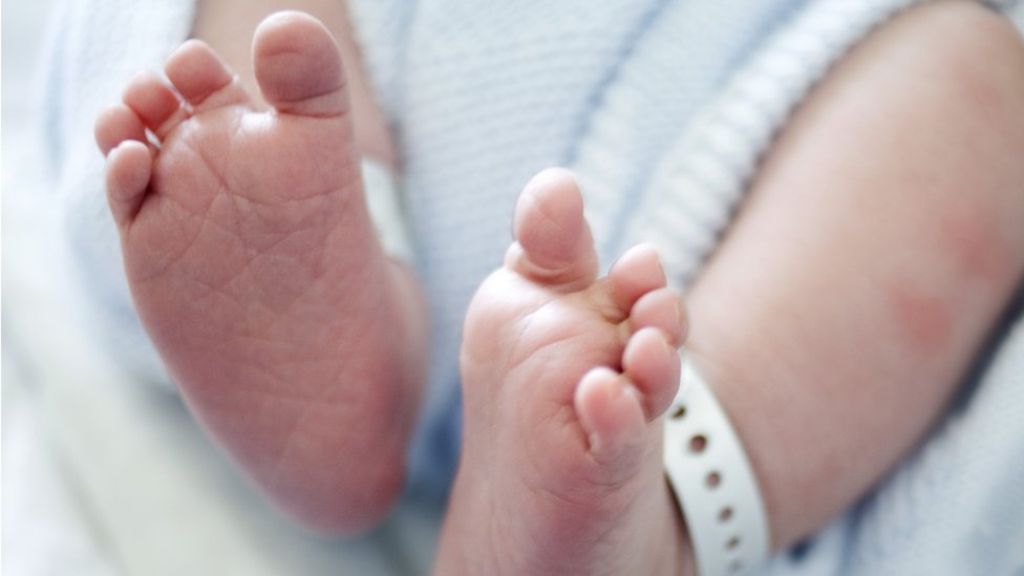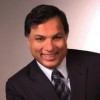
The National Center for Health Statistics (NCHS) recently issued a data brief on increase in twin births. In a brief titled "Three Decades of Twin Births in the United States, 1980–2009", the authors Joyce A. Martin, M.P.H.; Brady E. Hamilton, Ph.D.; and Michelle J.K. Osterman, M.H.S have presented very interesting data.
In 2009, 1 in every 30 babies born in the United States was a twin, compared with 1 in every 53 babies in 1980.
The twin birth rate rose 76 percent from 1980 through 2009, from 18.9 to 33.3 per 1,000 births.
If the rate of twin births had not changed since 1980, approximately 865,000 fewer twins would have been born in the United States over the last three decades.
Twinning rates rose by at least 50 percent in the vast majority of states and the District of Columbia.
Over the three decades, twin birth rates rose by nearly 100 percent among women aged 35–39 and more than 200 percent among women aged 40 and over.
The older age of women at childbirth in 2009 compared with three decades earlier accounts for only about one- third of the rise in twinning over the 30 years.
The number of twins has doubled and the rate of twin births has risen by more than three-fourths over the three decades 1980–2009. Increases in twin birth rates averaged more than 2 percent annually from 1980 to 2004, but the pace of increase slowed to less than 1 percent from 2005 to 2009. The increase in twinning over the three decades has been widespread, occurring across age and race and Hispanic origin groups, and in all states within the United States. The largest increases have been among non-Hispanic white women and mothers aged 30 and over.
Older maternal age accounts for about one-third of the growth in the twinning rate over this period. The increased availability and use of infertility treatments likely explains much of the remainder of the rise. Similar increasing trends in multiple births associated with both maternal age and infertility therapies have been observed in Western Europe and other countries during the 1980s and 1990s.
The study of multiple births is important because of their elevated health risks and accompanying greater health care costs. The rise in twinning has influenced the upward trend in key infant health indicators such as preterm and low birth weight rates during the 1980s and 1990s. An estimated additional 865,000 twins were born in the United States over the study period due to rising rates; more than one-half of these infants were low birth weight, and 1 in 10 were very low birth weight.
Several studies have confirmed that the majority of infertile couples want to have twins. The American Society for Reproductive Medicine (ASRM) and the Society for Assisted Reproductive Technologies (SART) have played a major role in reducing the number of embryos being transferred in IVF cycles. The majority of reputable IVF programs are currently transferring no more than two embryos in younger patients and the incidence of triplets has reduced from approximately 6% in 2003 to less than 2% in 2009.
The question is whether we will now move to elective single embryo transfer (eSET) for the good prognosis patients. We are getting better at embryo culture and embryo selection, but still eSET may result in a decrease in success rates. Will our patients accept this? But what about the fact that couples undergoing fertility treatment still want twins!
Further details about this excellent brief can be obtained by visiting the following link:

Dr. Karande is Board Certified in the specialty of Obstetrics and Gynecology as well as the subspecialty of Reproductive Endocrinology and Infertility. He is a Fellow of the American College of Obstetricians and Gynecologists and Member of the American Society for Reproductive Medicine.
Subscribe to our weekly blog digest

Entire Website © 2003 - 2020
Karande and Associates d/b/a InVia
Fertility Specialists

Comments